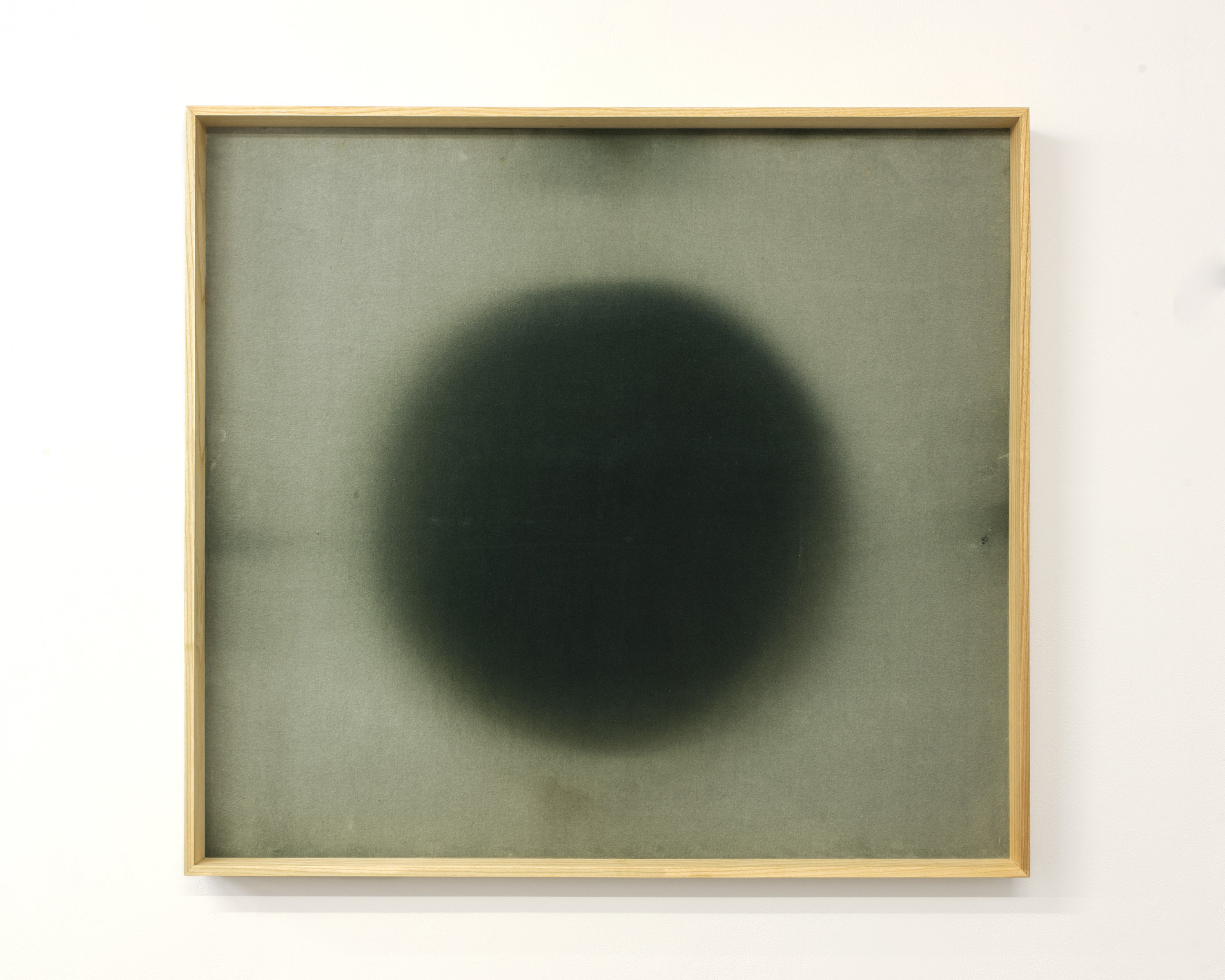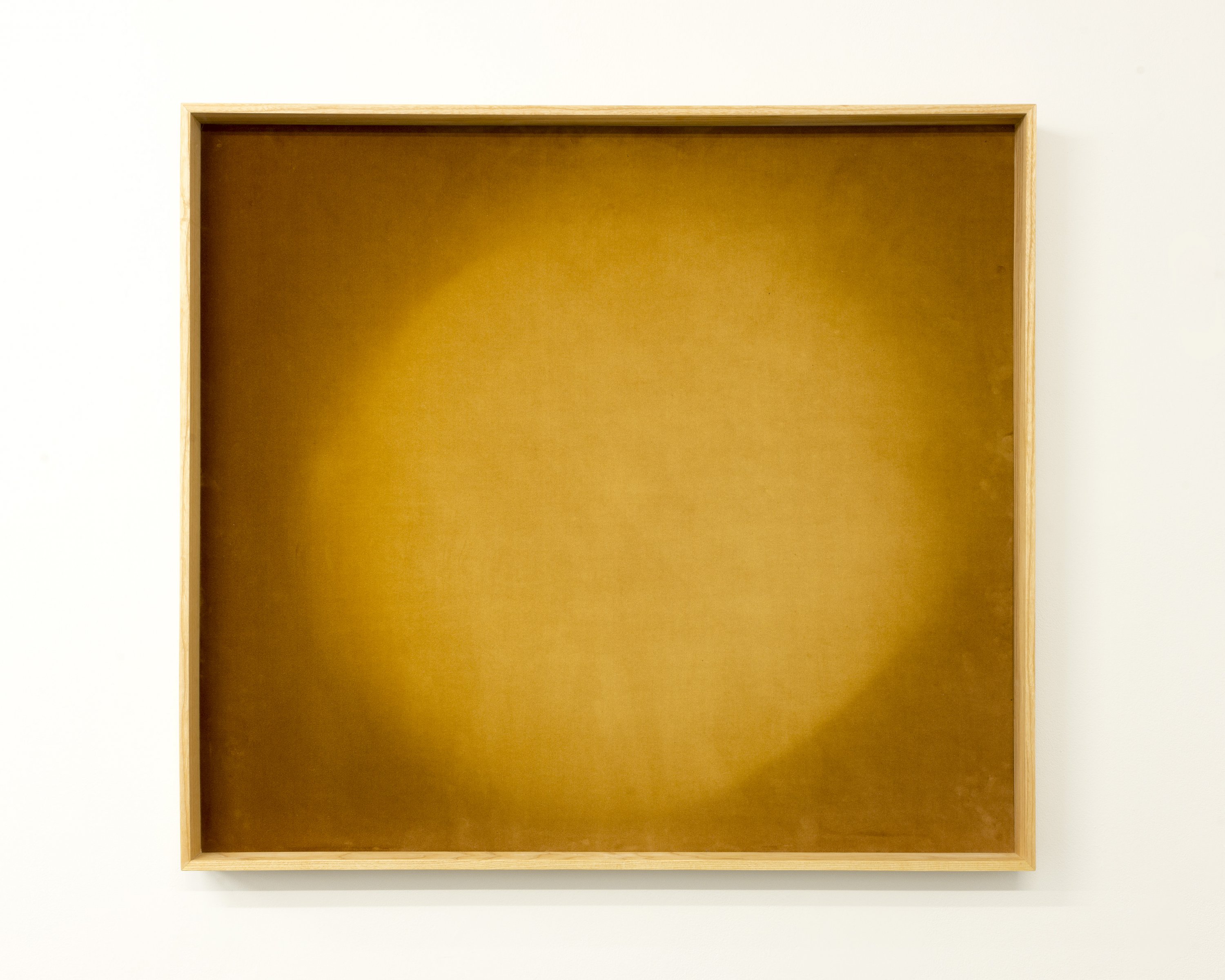Nicolas Grospierre
b. 1975, Geneva
Visual artist, architecture photographer. He grew up in France, and then moved to Poland permanently in 1999. He studied political science and sociology at L'Institut d'études politiques de Paris and the London School of Economics. He mainly photographs modern architecture—buildings, interiors and urban infrastructure (bus stops, for example). His photo series are topological in character, yet also critique the tradition of modernism. He also creates abstract works (such as the series Heliography), with which he experiments with various materials and properties of light. He was the photographer for the group project “Hotel Polonia: The Afterlife of Buildings” displayed in the Polish Pavilion and awarded the Golden Lion at the 11th Architecture Biennale of Venice in 2008. He lives and works in Warsaw.
Heliography
FSP ING 0209
Heliography, developed in the 1820s, was one of the first photographic techniques. It’s name comes from the Greek word helios (sun). Nicolas Grosspierre uses a similar mechanism to create his abstract pictures on velvet, which he treats as a photosensitive material. The colored fabric fades after a few months of exposure to the sun, and retains its original color only in the places the artist has covered with geometric cutouts.
What connects Heliography with Grospierre’s modern architecture photography? In his work, with or without a camera, the artist’s most important tool is light. Formally, Heliography draws on the tradition of geometric abstraction, one of the strongest styles of modernist painting.
For an artist who documents highly urbanized spaces, Heliography is a way to return to nature. Works from this series were first shown at the Longue durée show at the Pola Magnetyczne gallery. The title of the exhibition (the long term) problematizes the long term practice of attentive observation, which highlights slow change over time. These processes, barely noticeable, impact the shape of our reality.
Heliography
FSP ING 0210
Heliography, developed in the 1820s, was one of the first photographic techniques. It’s name comes from the Greek word helios (sun). Nicolas Grosspierre uses a similar mechanism to create his abstract pictures on velvet, which he treats as a photosensitive material. The colored fabric fades after a few months of exposure to the sun, and retains its original color only in the places the artist has covered with geometric cutouts.
What connects Heliography with Grospierre’s modern architecture photography? In his work, with or without a camera, the artist’s most important tool is light. Formally, Heliography draws on the tradition of geometric abstraction, one of the strongest styles of modernist painting.
For an artist who documents highly urbanized spaces, Heliography is a way to return to nature. Works from this series were first shown at the Longue durée show at the Pola Magnetyczne gallery. The title of the exhibition (the long term) problematizes the long term practice of attentive observation, which highlights slow change over time. These processes, barely noticeable, impact the shape of our reality.

